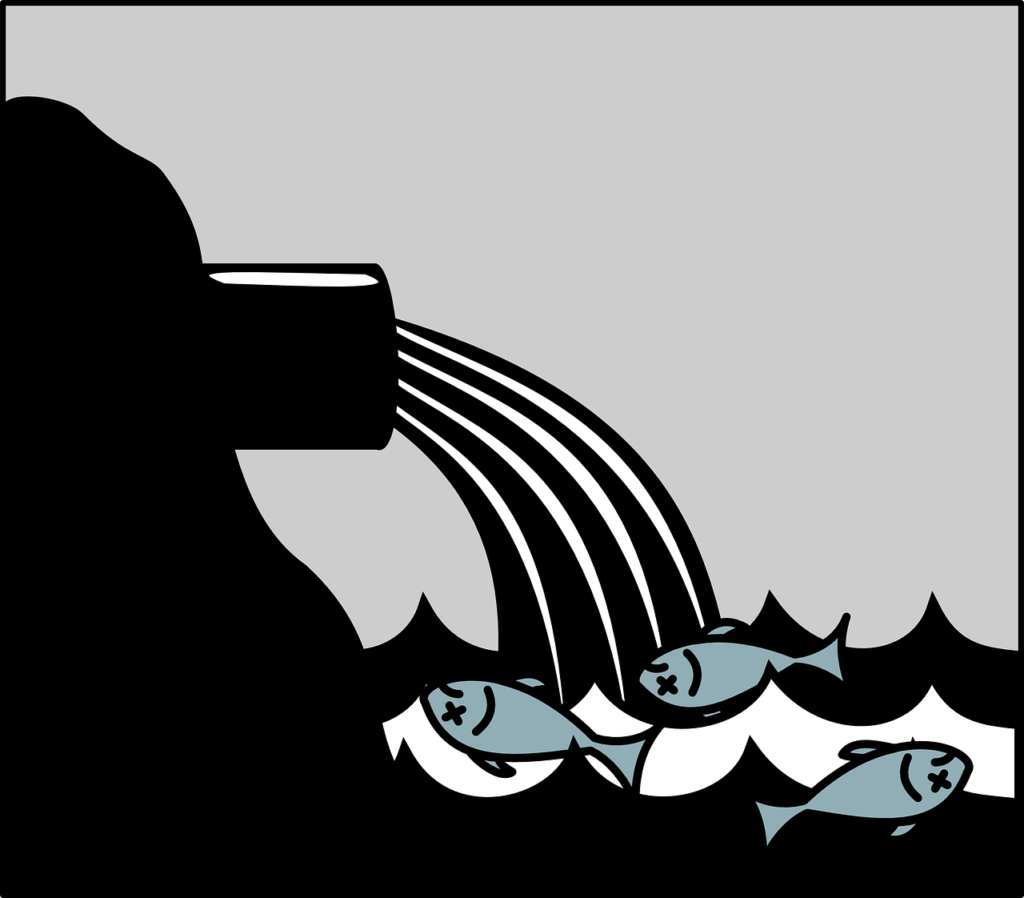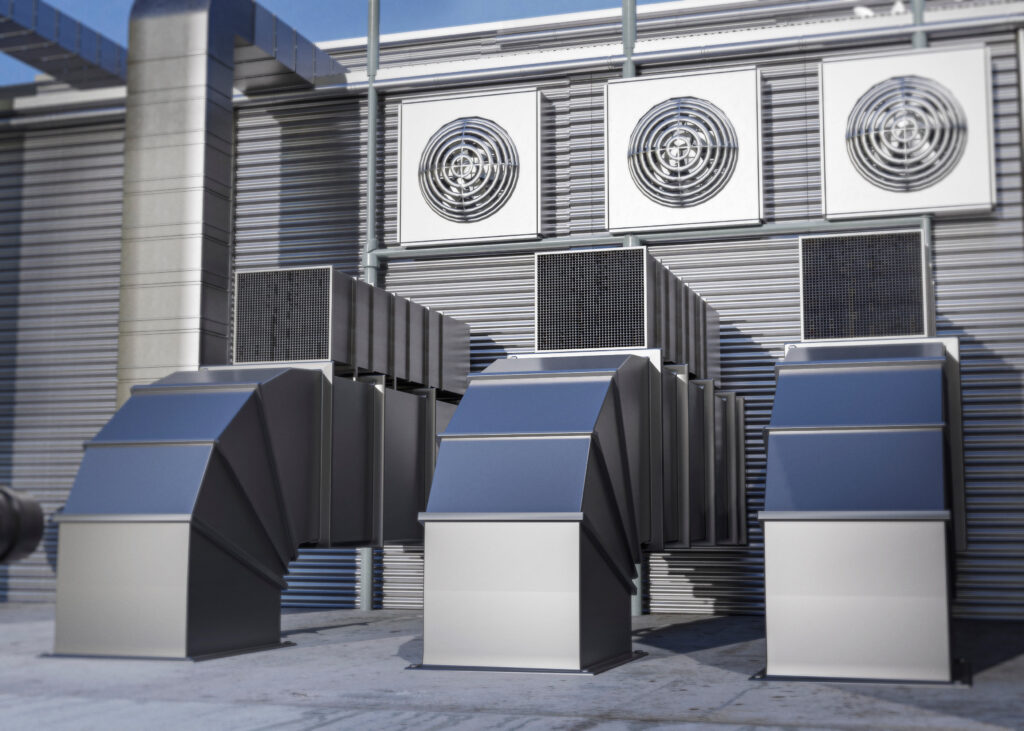Air Filters
Prefilters
In the context of air filtration systems, prefilters are the initial filtering stages that capture larger particles and contaminants from the air before it passes through the main air filter. Prefilters are essential because they help prolong the life of the main filter, improve overall system efficiency, and reduce maintenance requirements.
Types of prefilters used in air filtration systems include
-
Mesh or Screen Filters
These capture larger particles using a fine mesh or screen material.
-
Pre-treatment
The collected wastewater undergoes pre-treatment processes to remove large particles, oils, and some contaminants. This step helps prepare the wastewater for further treatment.
-
Foam Filters
Foam filters have an open-cell structure that captures larger particles and is washable for reuse.
-
Activated Carbon Prefilters
In addition to capturing larger particles, these prefilters also help remove odors and volatile organic compounds.

HEPA Filters
Key features and characteristics of HEPA filters include
HEPA (High Efficiency Particulate Air) filters are a type of air filter known for their exceptional ability to capture a high percentage of very small particles from the air. These filters are widely used in various applications, including HVAC systems, air purifiers, cleanrooms, medical facilities, and more, to improve indoor air quality by removing allergens, dust, pollen, mold spores, pet dander, and even some bacteria and viruses.
-
Efficiency
HEPA filters are designed to capture particles as small as 0.3 micrometres in diameter with an efficiency of at least 99.97%. This makes them highly effective at removing even tiny particles from the air.
-
Construction
HEPA filters are made of densely packed layers of fibres. These fibres create a maze-like structure that traps particles as air passes through the filter.
-
Filtration Mechanism
Particle capture in HEPA filters is achieved through a combination of mechanisms, including impaction (particles collide with fibres), interception (particles follow airstream lines and get captured), and diffusion (small particles move erratically and get trapped by fibres).
-
Particle Size Range
While HEPA filters are highly efficient at capturing particles around 0.3 micrometres, they are effective at capturing both larger and smaller particles as well.

Activated Carbon Filter
Activated carbon filters, also known as charcoal filters, are a type of air filter that uses activated carbon to adsorb and remove various gaseous pollutants, odors, and volatile organic compounds (VOCs) from the air. Unlike traditional filters that capture particles by physically trapping them, activated carbon filters work through a process called adsorption, where pollutants adhere to the surface of the carbon.
Here’s how activated carbon filters work in air filtration
-
Porous Structure
Activated carbon has a highly porous structure with a large surface area. This structure provides ample space for gases and chemicals to come into contact with the carbon’s surface.
-
Adsorption
As air passes through the filter, pollutants, odors, and VOCs are attracted to the carbon surface and stick to it. This effectively removes them from the air.
-
Adsorption
As air passes through the filter, pollutants, odors, and VOCs are attracted to the carbon surface and stick to it. This effectively removes them from the air.
-
Contaminant Removal
Activated carbon filters are effective at removing a wide range of pollutants, including but not limited to smoke, cooking odors, chemicals, fumes, volatile organic compounds (VOCs), and some gases.

Terminal Boxes
Terminal boxes, also known as filter terminal boxes or filter housings, are components used in air filtration systems to enclose and protect the filters. These boxes provide a controlled environment for filters to operate effectively and efficiently while ensuring that airflows are properly managed. Terminal boxes are commonly used in commercial and industrial HVAC systems, cleanrooms, and ventilation systems.
Key features and functions of terminal boxes in air filtration systems include
-
Filter Protection
Terminal boxes help protect air filters from external elements such as dust, debris, moisture, and contaminants that could potentially damage or clog the filters.
-
Airflow Management
Terminal boxes are designed with inlets and outlets that allow for controlled airflow through the filters. This ensures that the air passes through the filters properly, maximizing filtration efficiency.
-
Sealing
Terminal boxes are sealed to prevent air leakage around the filters, which could result in bypassing the filtration process and reducing overall system effectiveness.
-
Pressure Drop Management
Well-designed terminal boxes help manage pressure drops across the filters, ensuring that the system operates within the desired range of air resistance.

Bag Filters
Bag filters are a type of air filter commonly used in industrial and commercial applications to remove particles and contaminants from the air. They consist of a series of fabric or synthetic fibre bags that capture and retain airborne particles as air passes through them. Bag filters are particularly effective for capturing larger particles and can be found in various industries, including manufacturing, food processing, pharmaceuticals, and more.
Key features and functions of bag filters in air filtration systems include
-
Particle Removal
Bag filters are designed to capture a wide range of particle sizes, including larger particles like dust, debris, and lint.
-
Filtration Efficiency
The efficiency of bag filters is determined by factors such as the fibre material, weave density, and the number of layers. They can achieve varying levels of particle removal based on these factors.
-
Media Options
Bag filters are available in different materials, including various types of filter media such as polyester, polypropylene, fiberglass, and more. The choice of media depends on the application and the type of contaminants being captured.
-
Pressure Drop
As particles accumulate on the surface of the bags, the pressure drops across the filter increases. Regular maintenance and filter replacement are required to ensure proper airflow and filtration efficiency.

Terminal Boxes

Air Compressor dryers
Choosing the appropriate air dryer depends on factors such as the required dew point, flow rate, operating conditions, and the specific needs of the application. Properly sized and maintained air dryers can significantly enhance the quality and reliability of compressed air, contributing to the efficiency and longevity of downstream equipment and processes.

Join Us in Our Mission & Vision
Become a part of our journey to get relived from your problems, create experiences, achieve goals. Whether you're an individual looking for product/service or a business seeking product/service, we're here to make a difference together.
